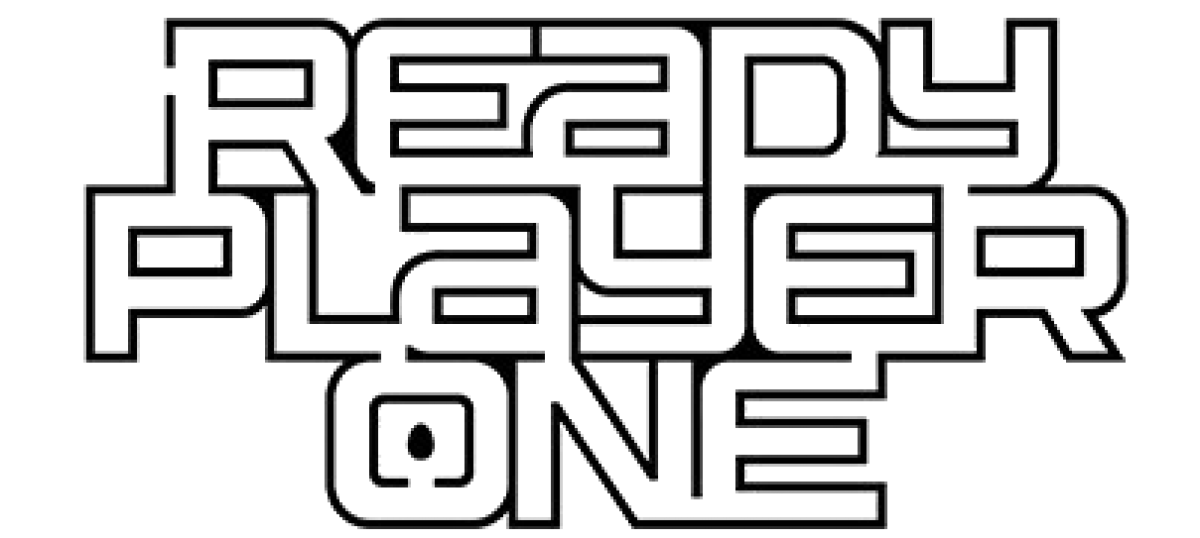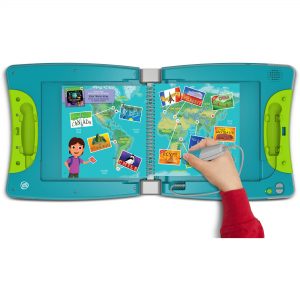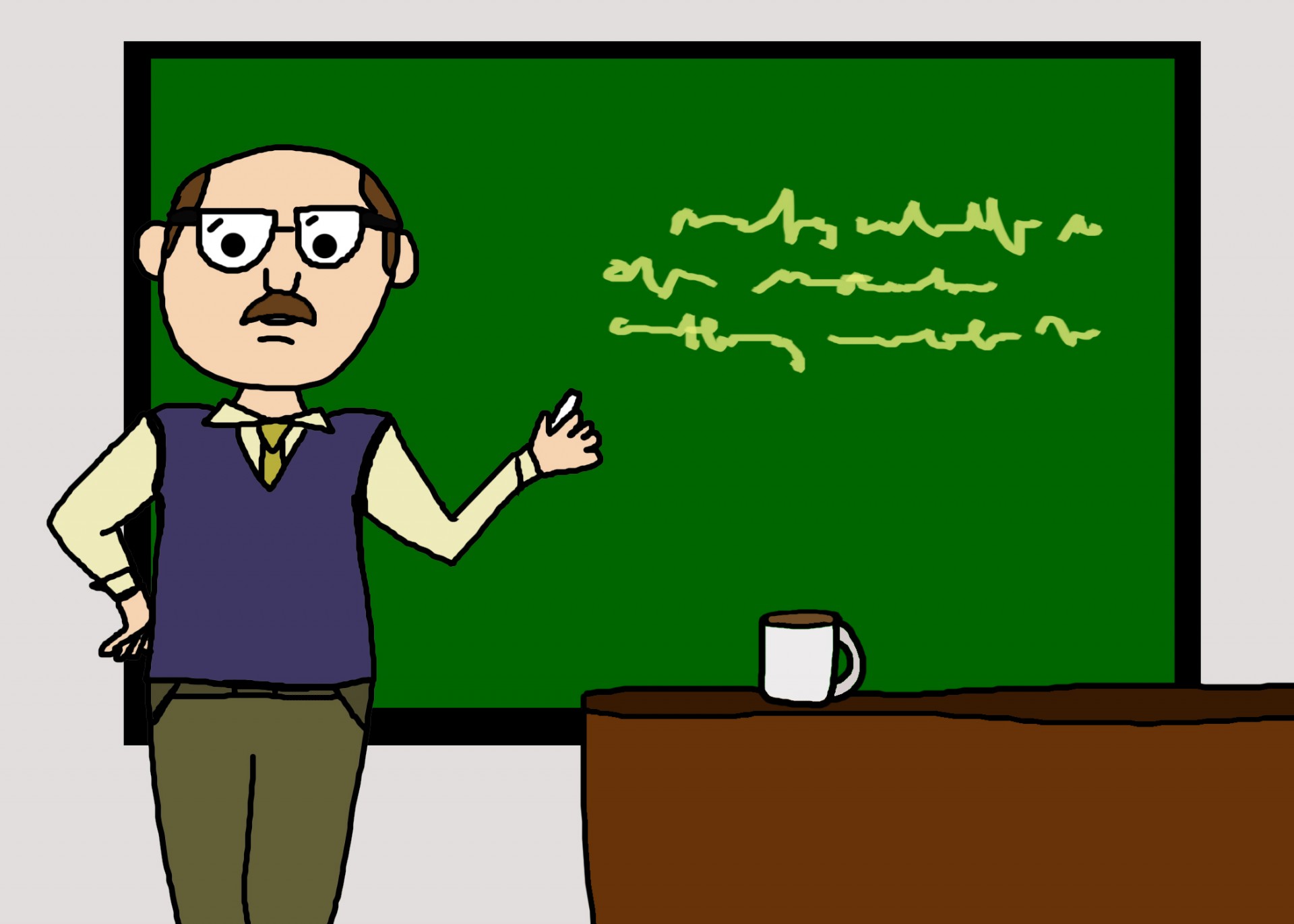Intro/Purpose
The virtual reality theatre is where you can practice your upcoming production in a virtual environment. In the virtual reality theatre you will be able to wear the costumes needed for certain scenes at a moments notice, have the ability to interact with other actors in both the virtual and the physical environment, and you can check what your lines are by pulling a virtual script from the side of your waist and when you put it back it disappears as if it was never there.
The director will also have the ability to stop the play and remove the virtual audience in order to work with the actors. Once they’ve conveyed what they wanted, the director can bring back the virtual audience.Lastly, one of the greatest benefits of this experience is the ability to practice at home. The need for this product is relevant because of all the opportunities it opens for others. If one was in a play you could act out the actual scene with outfits on and everything so that one could get the full affect. This would not only help the actors roll for practicing but could then help directors figure out who is best fit for the scene. Also this technology could be used for younger children to help them have a more significant imagination.
Learning Outcomes
The academic/ learning outcomes of this simulation would be oral communication skills, leadership, self-confidence, concentration, dedication, responsibility, stress related skills management and Technical proficiency. The employability learning objective correlates to skills that are created through the the work of one’s own use of competence. These skills include fundamental cognitive skills such as reading and writing, thinking skills like problem solving or planning/organization, interpersonal skills, team work, work ethic attitude and disposition, and self evaluation for future references. The app will combine these learning objectives to make it more educational and knowledge- based which could applied with content based skills to be applied in the work field environment. The educational features the game will contain will be public speaking opportunities, learning how to approach situations from different perspectives, and most importantly career field work preparedness. The app will assess how well individuals have accomplished the outcomes by having an open group discussion among the actors/ directors as well based off of performance. In the classroom, teachers will be able to assess the performance based off of an evaluation sheet with 5 major category elements. The elements would be body language, use of time efficiently, design, acting, and audience. For example, in the play Romeo and Juliet while performing a scene Romeo could be presenting himself in a manner not related to the scene therefore telling the director or teacher what needs to be worked on or adjusted. This could be beneficial in education and the classroom by english professors using this to get students to interact with the play in a virtual environment while at the same time learning the background and history. To get an inside look into the outcomes of how this will affect the theatre world, the group will be interviewing the head of the theatre department at Stevenson University, Ryan Clark. The interview will gain knowledge on how the incorporation of the simulation will change theatre to come.
User Experience/ User Interface
Currently, there are other apps that put people inside a simulation to allow them to practice speeches and other sorts of presentations. The VirtualSpeech app is designed to put people inside a set of their choice and let them practice whatever they’re doing in that environment. However our product functions differently to this, it is specifically tailored to actors/actresses with tools and functions to help them work on their acting. The other apps are not designed for this exact function and we are targeting theatre specifically with our app. We have different practice tools and settings for them to practice in. A virtual director which can help give tips and pointers and various other functions an actor can use to practice with. We will be using the HTC Vive for our app. This is a top of the line VR headset and equipped with some of the highest quality features available to the public. It has very high resolution and processing speeds along with improved tracking from its counterparts. It uses motion sensors set up around the user to track movements and the built-in headset helps to amplify the effects. The product is equipped with controllers to use any sort of in-game features there are tons of possibilities.
Implementation Strategy
The Virtual Theater (TVT), a potential barrier is expenses. The HTC Vive cost 799 dollars before taxes. To accommodate all actors and actresses the number of devices will run on the higher end of a budget for potential buyers and longer time periods for actors and actresses to complete a scene if HTC Vive will be shared. However, to reach customers TVT best focal point is to be advertised to any university with a theater department. Many actors and actress gravitate to these places to pursue their passion in the arts. Advertising will be convention, flyers around the university allow students who are not in the theater department gain awareness of the new product which can increase membership, curiosity trial are for people who want to test if this device is for them or not. Many people like to stick to traditional ways of things this curiosity trail will gain self-awareness of whether they like this new product, and social media, social media is a huge role for teenagers which is why many companies put their advertisements on social media and make company accounts. Instagram will be a focal point because it primarily targets images. Next would be twitter, snapchat and a secondary target would be Facebook for our secondary audience which is the professors. Viewers will be allowed to see behind the scenes look and live performance of people who use the TVT, TVT will also be advertised in conventions to allow users to have a one on one interaction with the device.
Long-term Vision
In order to keep the project focused and manageable, we will be limiting what actions and selections there will be in the prototype. In our prototype, we will only be using the play of Romeo and Juliet. This way, we can focus on putting forth a project with confidence of completion with the hopes of further development later on down the road. Yet that is just the limitations of within the virtual environment, we’ve also considered how it should be limited in the physical reality as well. We will work up to a virtual reality stage gear, in which a physical stage will be affixed with sensors and VR headsets. That will be apart of the next phase in development, but for now we will be using the standard five-by-five space that is required for most VR applications. By doing this we can focus our attention on the quality of the experience. Moving on towards the next phase development, there’ll be work. As mentioned before, we will work on implementing VR stage gear. We will also add more scripts, plays, costumes, and settings to the application. Five years from now there will be at least 15 plays to choose from, the application will be used within at least 150 school districts across the nation, and the application will have been translated into Spanish, French, German, and Japanese. The first six months will be focused on the prototype, while the other half will greatly focus on marketing while having maintenance for the application and introducing another play. The second and third year will be making more plays. By the second half of the third year there should be at least one language translated version in order to begin marketing to schools of different languages in possible locations such as Mexico and Canada as a start. In the fourth year of production, at least 10 school districts each in Canada and Mexico will be using the application and two more translated versions of the application will have been made. And within the US there will be at least 50 school districts that will use the product. The average play production should be three per year at a minimum, with bimonthly maintenance.
Notes:
Add how it’s being implemented into the stage (Nooks and crannies)
Make mention of how to spread to japan to spread further
Works Cited
Fool, The Motley. “Virtual Reality Is Too Expensive for Most People – but That’s about to Change.” Business Insider, Business Insider, 8 Sept. 2016, www.businessinsider.com/why-is-virtual-reality-so-expensive-2016-9.
Robson, Sarah. “What Is Theatre in Education and How It Supports Education.” Gibber, 19 Jan. 2018, www.wearegibber.com/blog/what-is-theatre-in-education/).
Kokkali, Areti A. Can Drama Courses Contribute to Developing Employability Skills? . 2 July 2012, https://dspace.lib.uom.gr/bitstream/2159/15109/3/KokkaliAretiMsc2012.pdf .
Story Board Link
https://www.storyboardthat.com/portal/storyboards/ryan53113/classroom-public/virtual-theatre
Google Slide
https://docs.google.com/presentation/d/1ShrINZPwLB00xaEP6zhkGJiCTtaITiDnmDUjTKCo03U/edit?usp=sharing



